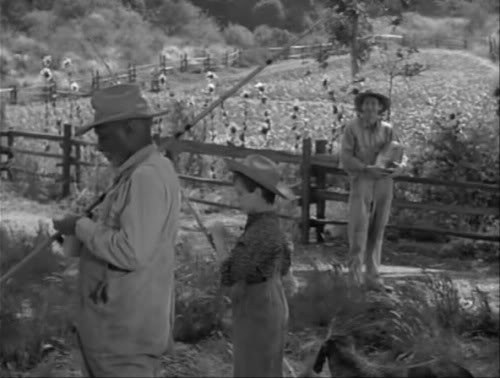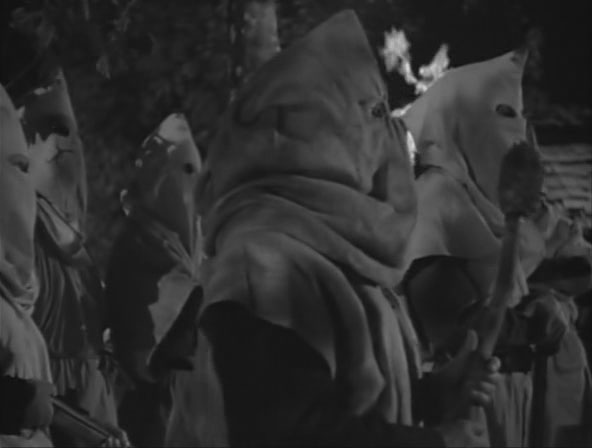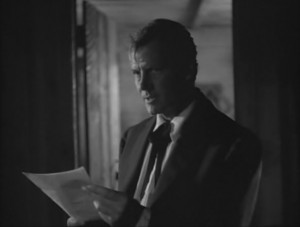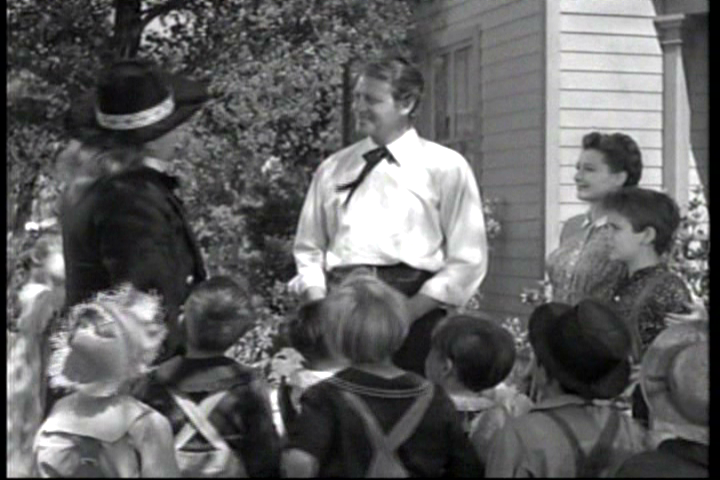

Le gamin au vélo/The Kid with a Bike
I’ve recently been thinking that a considerable portion of what I find the most detestable in contemporary commercial filmmaking can be summed up in a single trend: exploitation movies that go out into the world as “serious” art movies,. Admittedly, two very early examples of this trend in talkies, Lang’s M and Hawks’ Scarface, are two of the greatest movies ever made, though neither of these can be accused of stroking and glorifying the audience’s hypocrisy. But ever since the Godfather pictures, it seems, artiness has been working overtime as a kind of built-in alibi for many of the baser impulses in the audience –- various kinds of cynicism viewing corruption as inescapable, everyday, and deeply profound (e.g., Avatar, The Girlfriend Experience, Contagion), extreme violence as a function of specious and hypocritical morality (or, even worse, “sensitivity,” as in Drive — or, for that matter, The Passion of the Christ), gimmicky temporal structures (e.g., Tarantino, Memento, Babel) or fatuous psychologizing that are somehow supposed to dignify various forms of boorishness or nastiness (ranging from McQueen’s sexist complacencies and brutalities in Shame to von Trier’s dubious and ongoing validation of his own depression as a practical tool for coping with glitzy catastrophes and atrocities of his own making), and even the sort of Oscar-mongering that can cast a liberal activist (Woody Harrelson) as a racist thug (Rampart) to show us how “complex” the modern world is supposed to be. Read more


This somber black-and-white drama (1950) about a small-town preacher (Joel McCrea) in the postbellum south, narrated by the boy he raised (Dean Stockwell), is one of the most neglected films in the history of cinema as well as Jacques Tourneur’s favorite among his own pictures. (Best known for Cat People and Out of the Past, Tourneur often seemed to thrive in obscurity, and by agreeing to direct this picture at MGM for practically nothing he reportedly sabotaged his own career.) A view of the American heartland that’s emotionally engaged but still charged with darkness (a typhoid epidemic and a near lynching are among its key episodes), it recalls some of John Ford’s best work in its complex perception of goodness, and I can’t think of many films that convey a particular community with more pungency. Margaret Fitts adapted a novel by Joe David Brown; with Ellen Drew, James Mitchell, Juano Hernandez, Amanda Blake, Louis Stone, and Alan Hale. 89 min. (JR)


Read more
From the June 1982 American Film. — J.R.

Fans of the brilliant, eccentric, and pioneering film critic Manny Farber who have been regretting his recent absence from the scene simply haven’t been looking in the right places. In fact, the sixty-five-year-old writer, teacher, and former carpenter has been a painter even longer than he’s been a critic, and over the past few years he’s been doing what he calls “auteur” paintings — canvases that recast the subjects and methods of his criticism in a number of fascinating ways.
Using a bird’s-eye view of small objects on a stagelike platform, his paintings, paens to such directors as Howard Hawks [see Howard Hawks II, 1977, 472 x 500, above], Sam Peckinpah, Marguerite Duras, and William Wellman illuminate the filmmakers’ styles and themes. “The compositions and structures are always always based on my take on the directors,” Farber says. “And they’re critical in the fact that I’m usually going away from what I think is known territory, in painting as well as in movies.”
One example of Farber’s oddball approach is his Stan & Ollie, which is full of references to the comedies of Laurel and Hardy, but scarcely uses their faces at all. Read more







